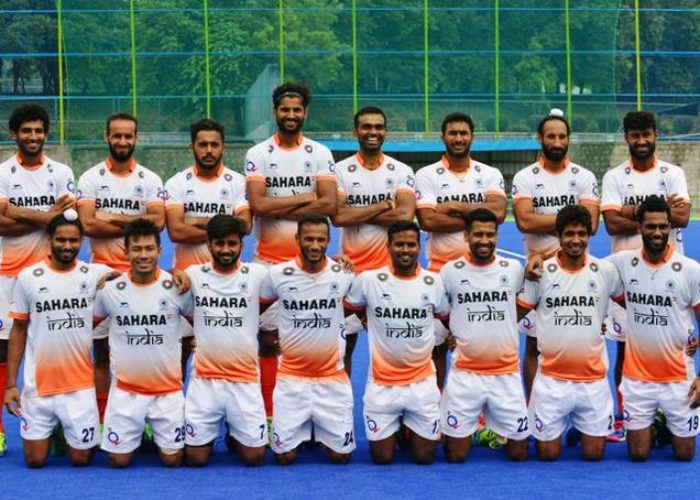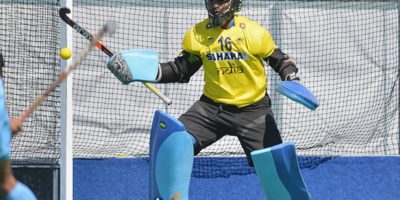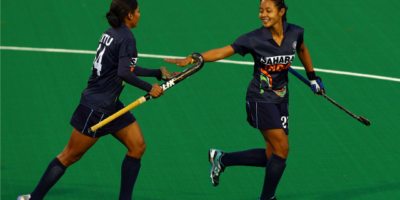Resurrection of Indian Hockey
India is one of the early pioneers of Hockey. And it achieved its first success in the early era of the Olympics with a long list of achievements. This has not helped in resurgence of Indian Hockey to even a moderate part of their former selves. Past few decades have been especially dark. Amidst all the looming clouds, the gone year of 2015 has brought a new light to the game.
Sports in India saw a new day after hosting the Commonwealth Games of 2010 in New Delhi. For hockey this was even more pivotal. India won the silver medal in 2010 games and followed with another silver in Commonwealth Games 2014. The team also managed to grab the bronze and gold in Asian Games 2010 and 2014 respectively. And with the latter India reserved its berth at Rio Olympics 2016.
Fans across the nation hoped for a resurrection and partly it did happen. First time since 1980, the Indian hockey team advanced from the group stages, into the knockout stages in the Olympics.
Has India dried its Hockey talent?
The Hockey talents in India are near extinction, some critics would say. Having already failed to compete against the glamorous world of Cricket. Hockey is further endangered by the emerging sports in the country; namely Badminton, Shooting, Wrestling, Boxing and so on. A large segment of India’s Hockey players emerge from the states of Punjab and Haryana, while the rest are from South of the country or from the North-East.
The talent needs to be brought out and nurtured and finessed into skilful players. That is the first challenge, as there is always the question over selection of the team; allegations of nepotism continue to over-rule performance on field. Forcing a situation where, even a really talented team will have to work over time to take its performance to the international level.
Indian Hockey needs to adapt to new techniques
The sport has been through a 360 degree change since India’s days on the peak. The Asian teams have been overtaken by the prowess of the Dutch, Aussies, Germans and many more. The fields have changed; no longer played on grass fields where India was indomitable. Today, it comprises of astroturf and some conspiracy theorists claim that the artificial turf came into being only to dethrone the mighty Indians.
Whether it is true or not is debatable, but India has struggled to adapt to the artificial turf.
Former India captain Sardar Singh spoke about the problem in an interview, “Hockey players in India play on astroturf for the first time at the age of 19 or 20 and find it hard to adapt”. And, that has been a major cause of struggle for the team.
However, they have had better results in recent times on the artificial turf. Indian coach Roelant Oltmans deserves major credit for this success.
The history of the Indian team’s coach is similar to a revolving door policy. They have come and gone at frequent intervals. The frequent changes were probably not driven as much by need of change in strategies as much it would have depended on the defeat in a major international tournament. But with the arrival of the Dutchman, India started playing exciting attacking line akin to European style.
The Indian players have often lacked in terms of speed, stamina and strategy to outwit the opposition. Soft concessions of penalty corners has been India’s Achilles heel in recent years, but even that has seen some change for the better with PR Sreejesh guarding the goal. These are skills that can be honed by the coach with time.
Consistency, though, has betrayed a team that has shown its true potential only in patches.
From London to Rio
After failing to qualify for the 2008 Beijing Olympics, London seemed a sigh of relief for the Indian Hockey faithful. The team managed to qualify but had a very disappointing trip finishing at a new low. What made matters worse was India’s 3-2 defeat at the hands of minnows South Africa in the last match.
Indian team lacked belief, confidence and faith in their own ability. But a few years since, the scenario has changed gradually.
India entered Rio with a much positive outlook and a string of recent success adds to its credibility.
This is a team that has taken the fight to the best in the world. India advanced to the knockouts in Olympics for the first time since their gold medal winning campaign in 1980, which in itself is a big achievement. But, the growth and development of this team can be measured by the fight they put up against teams like Germany, Netherlands and Belgium.
This team sends out a clear message to the world: If hockey has evolved into a different game in the last 36 years, they are ready to adapt, learn new skills and develop the mental strength to fight till the final whistle blows.
India has climbed up many steps in the process of resurrection. The team has shown its faithful some of the most stellar displays in recent times. But, they eventually failed during the latter half of the game, where they have conceded most number of goals. An area that still has a very large scope of improvement. Once that is achieved it may not be unlikely that the current generation of hockey players could even surpass the might of India’s golden era of Hockey.
Image Courtesy: The Hindu





